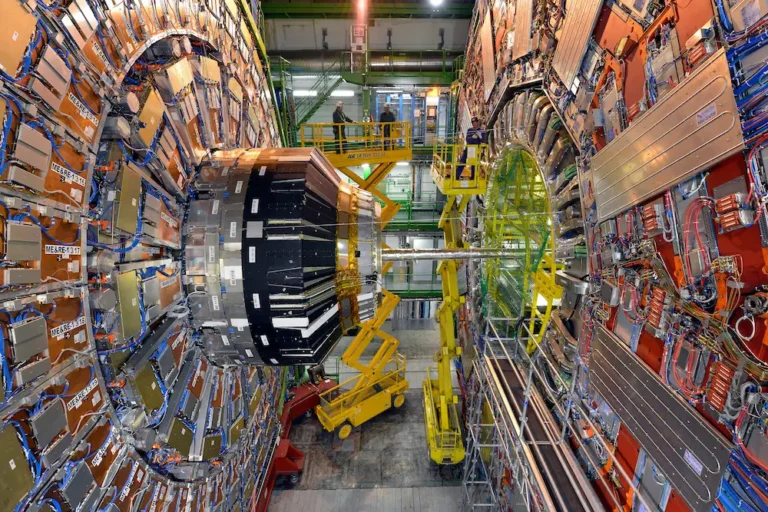Aftershocks are ongoing after a major earthquake struck off California’s coast. They could get big.

A major earthquake struck near California’s coast on Thursday, and aftershocks are still ongoing.
The 7.0-magnitude earthquake struck at about 10:44 a.m. Pacific Time. Its epicenter was offshore, about 62 miles west-southwest of Ferndale, California, according to data from the United States Geological Survey.
The USGS website reported more than 35 smaller quakes across that area over the ensuing three hours, of magnitudes ranging from 2.5 to 4.7, including two quakes that occurred inland.
“There’s been quite a lot of aftershocks,” Harold Tobin, Washington’s state seismologist and the director of the Pacific Northwest Seismic Network, told B-17.

A screenshot from the USGS earthquakes map shows dozens of aftershocks clustered around the 7.0 earthquake on Thursday, as of 3:40 p.m. Pacific Time.
As of Thursday afternoon, the USGS forecasts up to 130 aftershocks with a magnitude of 3 or higher within the next week, and a 53% chance of aftershocks larger than magnitude 5.
“It’s perfectly plausible that there could be a larger aftershock or more than one larger aftershock,” Tobin said.
The USGS estimates the odds are 1 in 100 of an aftershock with a magnitude of 7 or greater.
The fault that slipped
The fault region which produced the 7.0 earthquake is a very seismically active one.
It’s called the Mendocino triple junction because three different tectonic plates meet there: the Pacific, North American, and Juan de Fuca plates.
It’s right between two notorious earthquake zones, at the northern end of the San Andreas fault and the southern end of the Cascadia Subduction Zone. The CSZ has some of the planet’s greatest seismic potential, capable of producing quakes as big as 9.0.
The Mendocino triple junction, however, is less impressive.
“Somewhere in the magnitude sevens range is about as big as things seem to get out there,” Tobin said.
The region has produced five earthquakes of magnitude 7 or larger in the past century, according to USGS.
The Thursday quake could have slightly increased the chance of other earthquakes along adjacent faults by increasing stress in those areas.
“It’s unlikely that it had a really large, significant impact” on those fault systems, though, Tobin said. The odds are “not zero, but very low,” he added.
Tsunami scare
The initial quake triggered tsunami warnings and evacuations — which have since been canceled — along the coast of northern California to southern Oregon, including the San Francisco Bay Area.
The warnings lasted about an hour. The National Tsunami Warning Center canceled them around 11:54 a.m. local time, saying there was no longer a threat.
Most likely, the reason there was no tsunami is that the earthquake came from plates moving side-by-side against each other. This is called a strike-slip earthquake. Because the motion was mostly horizontal, and not vertical, it didn’t push the ocean above upward to create a wave.
Even so, the warning was “warranted,” Tobin said.
“Until we know enough parameters of the earthquake and can verify whether there is or isn’t an actual wave, it’s wise to have those warnings,” he added.
Possible earthquake damage
The USGS also reported on X a “low likelihood of shaking-related fatalities. Some damage is possible and the impact should be relatively localized.”
Governor Gavin Newsom declared a state of emergency for three counties in Northern California which were near the offshore epicenter of the quake.
“We’re concerned about damage,” he said in a press briefing, adding that the declaration would allow the state to “provide more resources.”
According to CNN, about 10,000 homes and businesses in Humboldt County — the area nearest the epicenter — were without power immediately after the large quake. As of Thursday afternoon, though, PowerOutage.us reported fewer than 500 customers without power there.
Newsom said that “early damage assessments are being made,” but that the state had no additional information to share yet.






